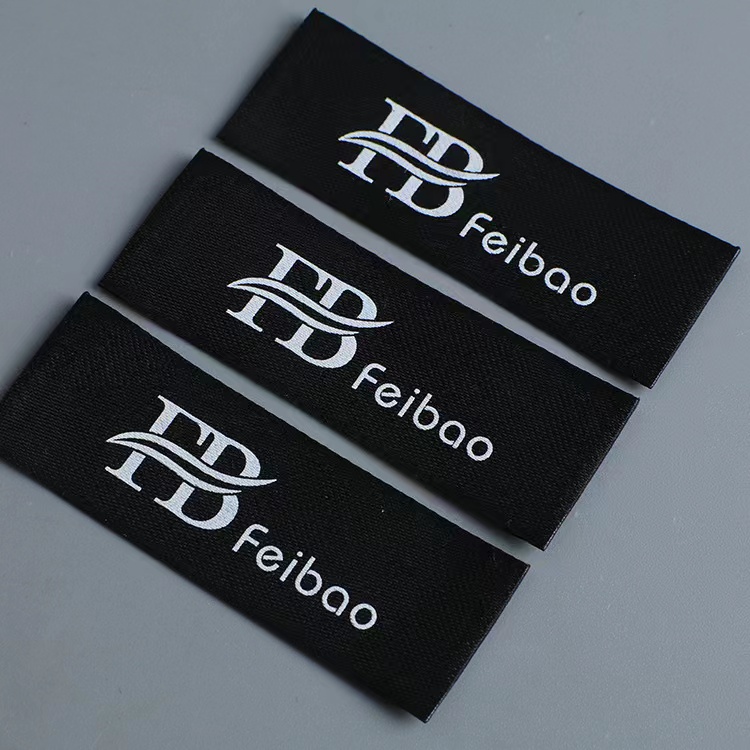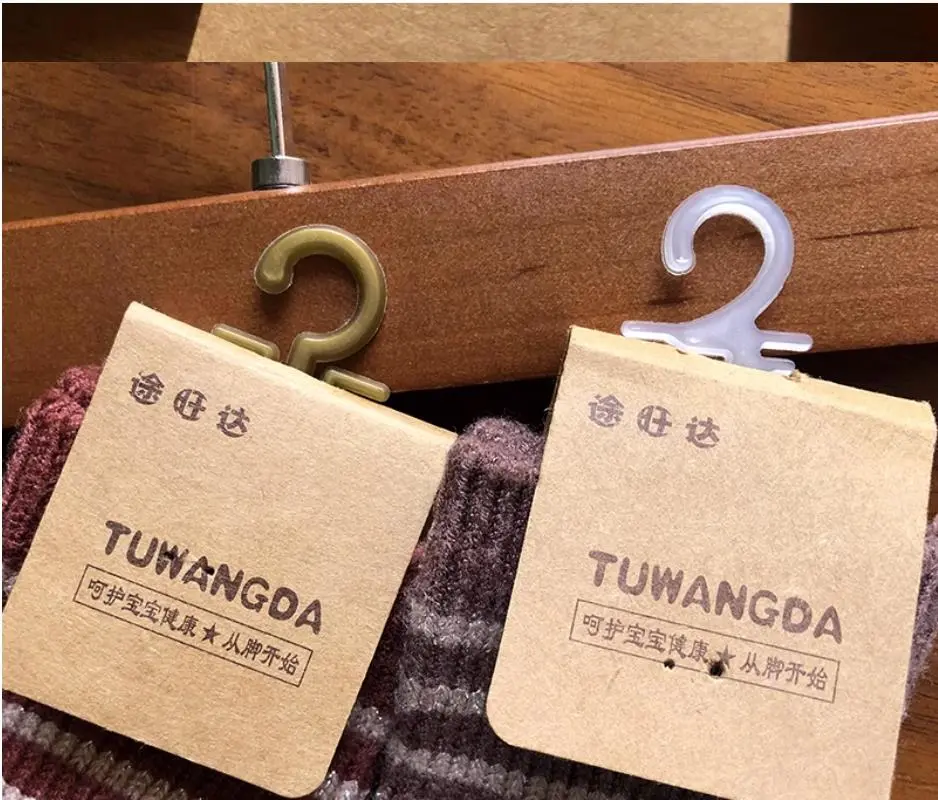China Clothing Hang Tag Factory
China Clothing Hang Tag Supplier
Hang tags play an essential part in creating brand identity as well as providing product details to consumers. LIJIE Factory prides itself on offering top-tier custom services; in this article we introduce different types of clothing hang tags as well as applicable products and customizable materials to assist you with choosing an identifier that best represents you brand identifiers.
What Is a Clothing Hang Tag?
A clothing hang tag is an attached label made of fabric, plastic or metal which displays brand information as well as product specifications, washing instructions and any additional necessary instructions to consumers. Not only can these enhance brand image but they provide essential knowledge that increases sales as well as better serving the overall user experience.


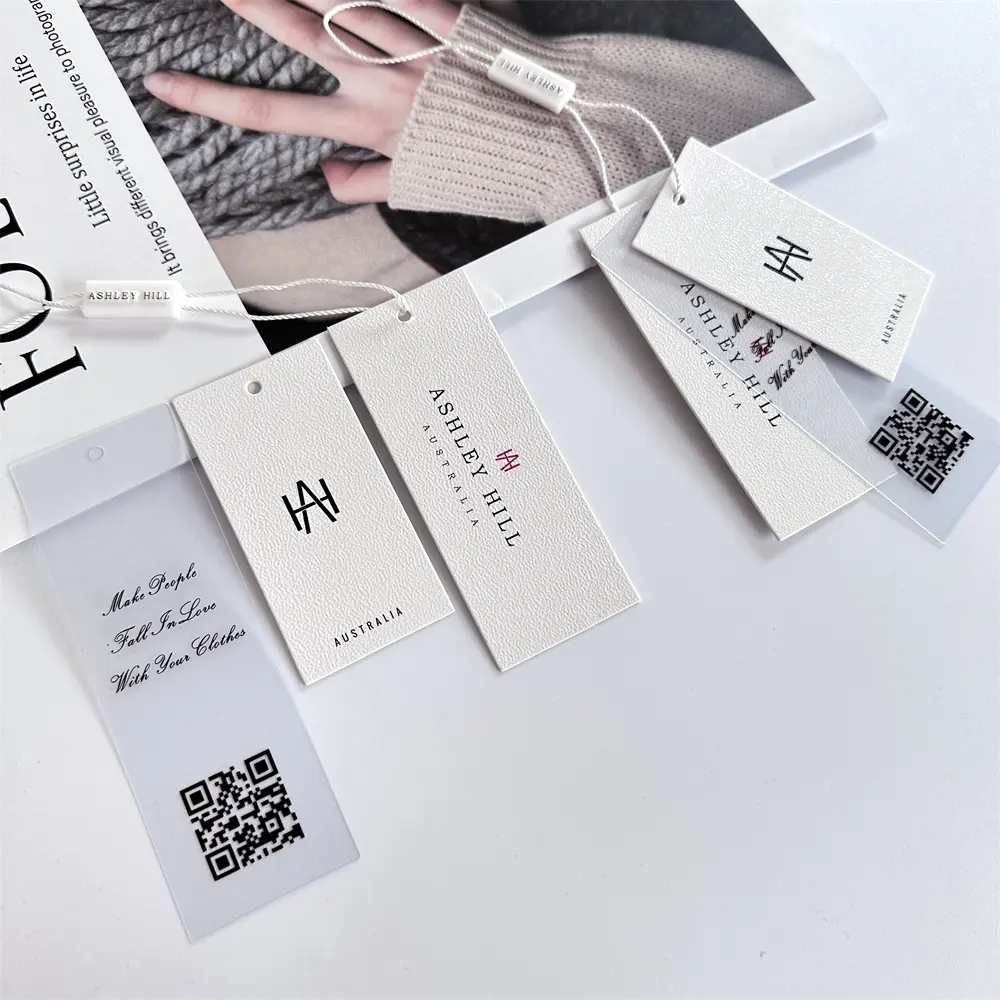
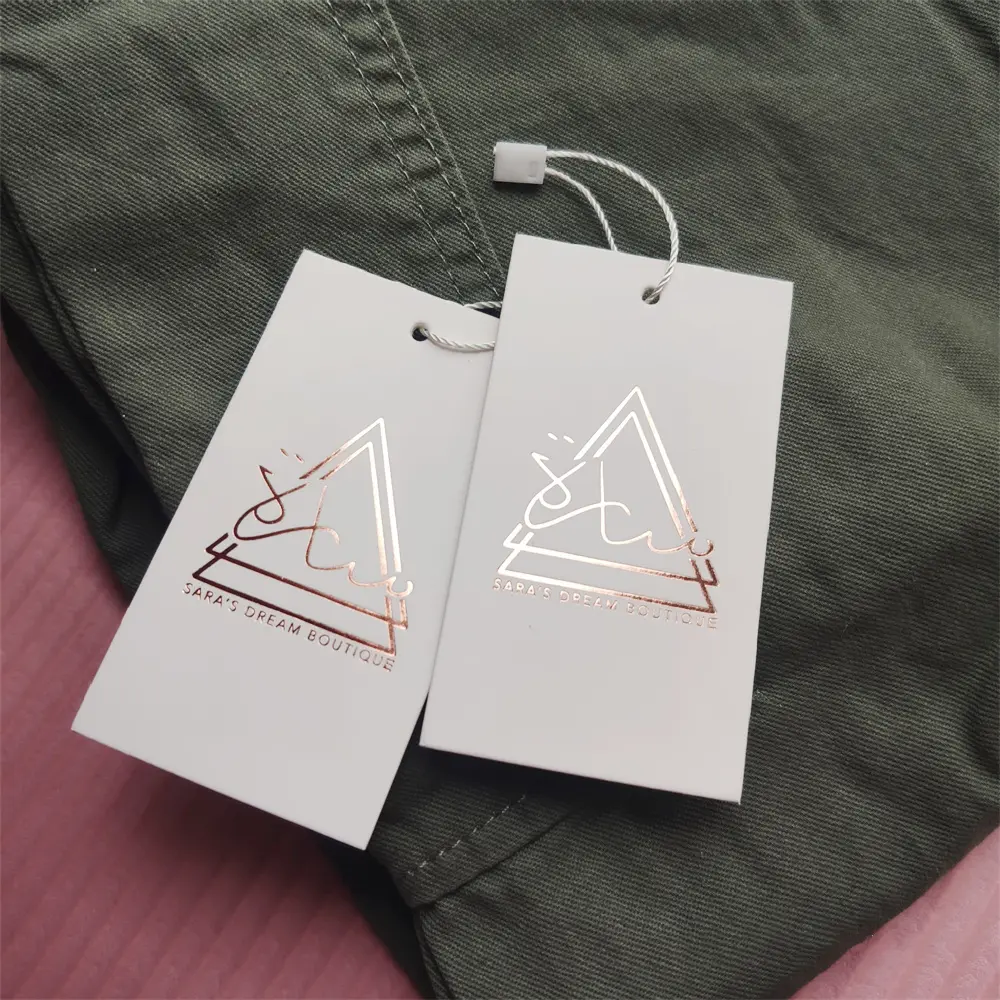
hnweb_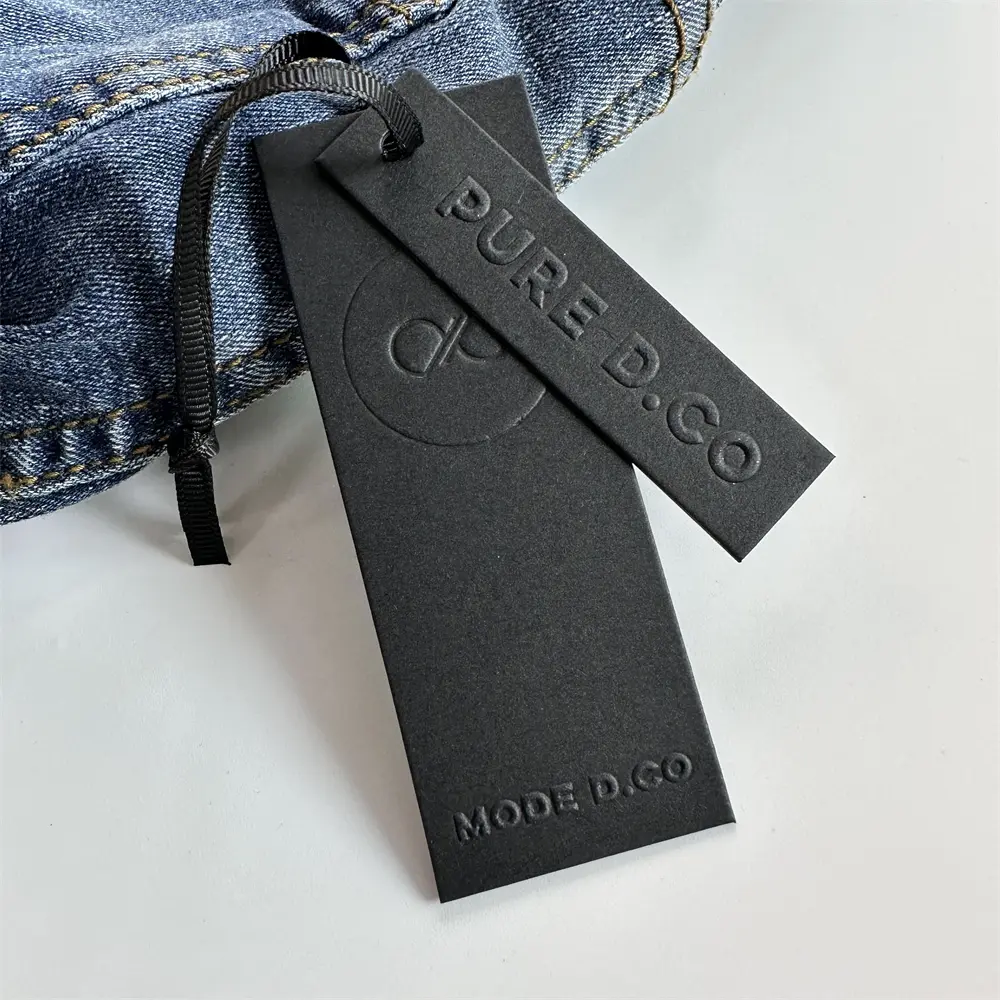
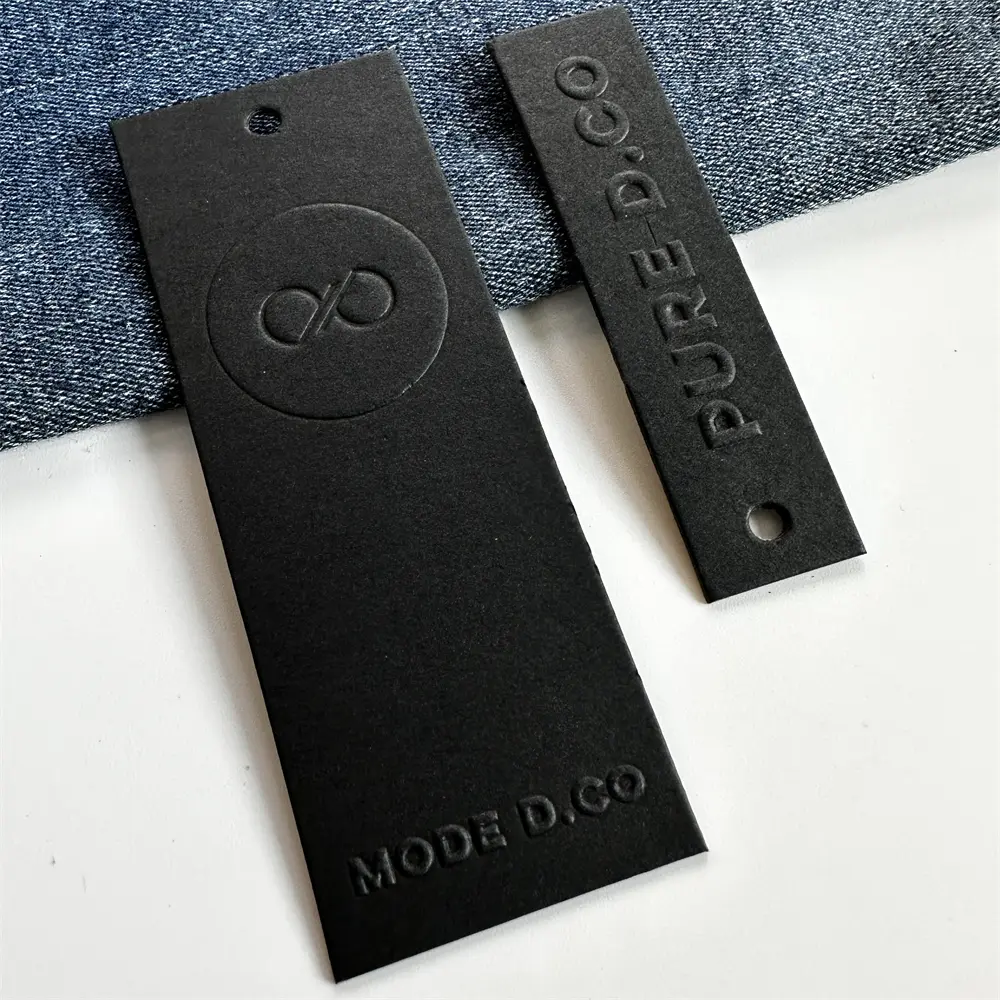

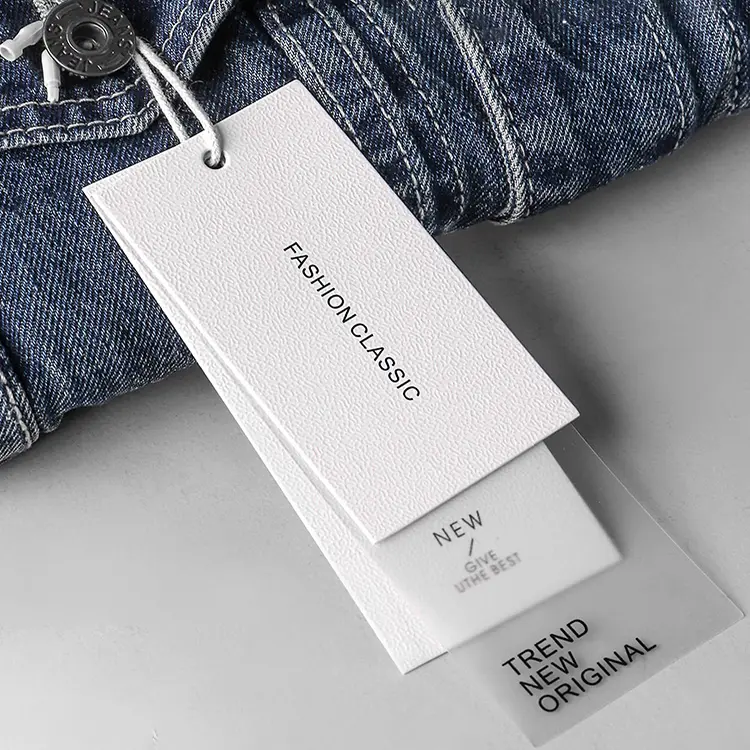

Types of Clothing Hang Tags
Based on material and craftsmanship, some common types are:
1. Woven Label Tags are soft textile materials ideal for high-end apparel, featuring breathability and softness for ultimate comfort and suitability in high production runs.
2. Printed Label Tags can be produced through printing technology with distinct patterns suited for mass production runs.
3. Washed Tags can often be found adorning denim clothing featuring vintage washed effects for quick identification purposes.
4. Zipper Bag Tags: With zipper enclosure to store small items securely. Often seen used on premium apparel brands.
5. Metal Tags: Crafted of luxurious metal material suitable for luxury brands and used with premium apparel products.6 Plastic Tags: Lightweight yet strong construction allows easy attachment for outdoor sportswear brands.
Clothing hang tags are popularly utilized across multiple garments and accessories, such as:
T-shirts, shirts, pants, coats, dresses; as well as children's apparel such as sportswear, denim undergarment and socks is suitable. In addition, footwear bags hats etc can all fall within this definition.
Customizable Materials
LIJIE Factory offers various customizable material choices that meet varying branding needs:
1. Polyester: Durable yet comfortable material suitable for everyday clothing.
2.Cotton is natural and eco-friendly making it suitable for high-end garments.
3 Polyester Fiber is wear-resistant and wrinkle resistant making outdoor apparel suitable. 4. Metal provides luxurious goods.
5. Plastic: Lightweight yet resilient materials suitable for sports brands.
6. Eco-Friendly Materials: Biodegradable in keeping with sustainable development concepts.
Wholesale Pricing for Clothing Hang Tags
LIJIE Factory offers wholesale pricing ranging from $0.06 per piece depending on what it is being purchased for and availability of stock.
Material costs more. Wage reduction may occur with bulk orders of 3,000 pieces or more. And while custom designs may increase costs further.
Advantages of Selecting LIJIE Factory
LIJIE Factory of Shantou, Guangdong covers 3,800m2, offering high-quality custom hang tags at competitive rates. Our benefits include:
Complete Certifications: Complying with international quality standards.
Low Minimum Order Quantities (Starting From 3000 Pieces). Bulk Discounts for larger Orders with discounted Pricing, Fast Delivery: To guarantee timely shipment.
Personalised Customization: Tailoring branding requirements specifically. mes Professional Technical Support: Offering comprehensive support.
Clothing hang tags serve both to identify brand products and add value, so selecting an experienced, certified supplier is critical for product identifiers and value add features to be successful. LIJIE Factory stands out with their professional expertise and top-of-the-line services to be ideal partners of many fashion labels - contact us now so that we can customize your unique hang tags!
More:Stainless Steel Pendants | Wholesale Custom Tie Clips | Garment Care Labels Manufacturers























